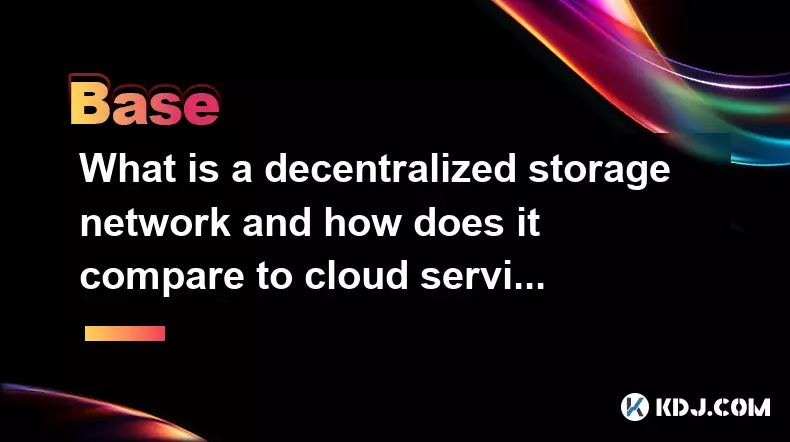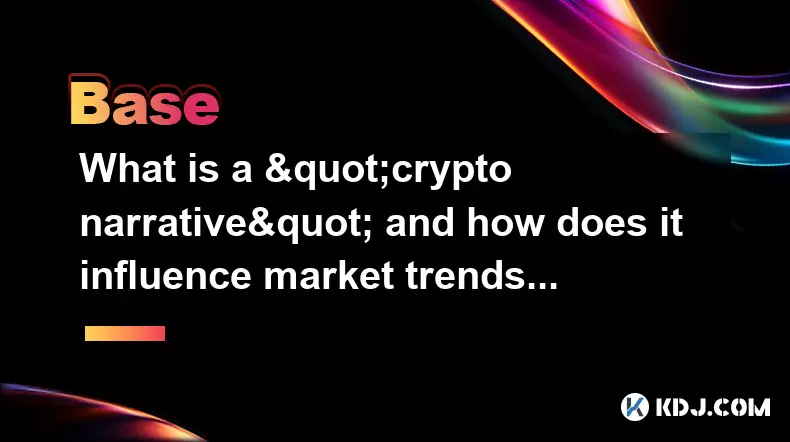-
 bitcoin
bitcoin $102877.190955 USD
1.88% -
 ethereum
ethereum $3430.435064 USD
4.52% -
 tether
tether $0.999264 USD
-0.05% -
 xrp
xrp $2.307310 USD
4.49% -
 bnb
bnb $987.740692 USD
3.82% -
 solana
solana $161.947760 USD
3.97% -
 usd-coin
usd-coin $0.999712 USD
-0.05% -
 tron
tron $0.292810 USD
2.93% -
 dogecoin
dogecoin $0.179738 USD
10.70% -
 cardano
cardano $0.580716 USD
8.75% -
 hyperliquid
hyperliquid $42.463448 USD
8.40% -
 chainlink
chainlink $15.763437 USD
7.05% -
 zcash
zcash $649.595636 USD
17.21% -
 bitcoin-cash
bitcoin-cash $511.610261 USD
7.19% -
 stellar
stellar $0.292537 USD
7.91%
What is a side channel attack?
Side-channel attacks exploit unintentional information leaks (timing, power, EM emissions) during crypto operations, revealing secret keys and compromising cryptocurrency security. Mitigation involves constant-time algorithms, masking, and hardware countermeasures.
Mar 05, 2025 at 09:48 pm

- Side-channel attacks exploit information leaked unintentionally during cryptographic operations, not directly targeting the cryptographic algorithm itself.
- Timing attacks, power analysis, and electromagnetic analysis are common examples of side-channel attacks.
- These attacks can reveal secret keys or other sensitive data, compromising the security of cryptocurrency systems.
- Mitigation strategies include using constant-time algorithms, masking techniques, and hardware countermeasures.
- Understanding these attacks is crucial for developers and users to enhance the security of cryptocurrencies.
A side-channel attack is a type of cryptanalysis that exploits information leaked during the execution of a cryptographic algorithm. Unlike traditional attacks that try to directly break the encryption algorithm, side-channel attacks focus on observing unintended information leakage, such as timing variations, power consumption, or electromagnetic emissions. This leaked information can then be used to deduce secret keys or other sensitive data. In the context of cryptocurrencies, this can lead to the theft of funds or the compromise of private keys.
Types of Side-Channel Attacks:Several types of side-channel attacks exist, each exploiting different information leakage channels. Let's examine some common examples relevant to cryptocurrency security:
- Timing Attacks: These attacks analyze the time taken to execute cryptographic operations. Variations in execution time, often dependent on the data being processed (including secret keys), can reveal sensitive information. For example, different operations might take longer depending on the specific bits of a key.
- Power Analysis: This technique monitors the power consumption of a cryptographic device during operation. Variations in power consumption can correlate with the data being processed, potentially revealing secret keys. Differential Power Analysis (DPA) is a particularly effective type of power analysis attack.
- Electromagnetic (EM) Analysis: Similar to power analysis, EM analysis measures the electromagnetic emissions from a cryptographic device. These emissions can also contain information about the internal operations and data being processed, potentially revealing secret keys. This is often more difficult to perform than power analysis, but can provide more detailed information.
- Fault Injection Attacks: These attacks involve deliberately introducing faults into the cryptographic system, such as glitches in the power supply or electromagnetic pulses. The resulting errors in the computation can reveal information about the secret key. This requires more sophisticated equipment and expertise.
Cryptocurrencies rely heavily on cryptography to secure transactions and protect user funds. Side-channel attacks can undermine this security in several ways:
- Private Key Extraction: Successful side-channel attacks can directly extract private keys from hardware wallets or other cryptographic devices, enabling attackers to steal cryptocurrency.
- Transaction Manipulation: Attacks could potentially manipulate transactions in flight, altering amounts or recipient addresses.
- Compromised Smart Contracts: Smart contracts executing on vulnerable hardware can be manipulated through side-channel attacks, leading to the theft of funds or the execution of unintended actions.
Several techniques can be employed to mitigate the risk of side-channel attacks:
- Constant-Time Algorithms: These algorithms ensure that the execution time is independent of the input data, preventing timing attacks.
- Masking: This technique involves adding random noise to the data being processed, making it difficult to extract information from side channels.
- Hardware Countermeasures: Specialized hardware can be designed to minimize information leakage through power analysis or EM emissions. This often involves using shielded components or techniques like clock randomization.
- Secure Implementation Practices: Careful coding practices and rigorous testing can help to minimize vulnerabilities exploitable by side-channel attacks. This includes secure coding standards and thorough code reviews.
- Regular Software Updates: Keeping software and firmware updated helps patch known vulnerabilities that could be exploited via side-channel attacks.
Different cryptocurrency implementations might have varying levels of susceptibility to side-channel attacks. The specific cryptographic algorithms used, the hardware platform, and the implementation details all play a role. For example, implementations using less secure cryptographic primitives or running on older, less protected hardware are more vulnerable. Regular security audits and updates are crucial for maintaining the security of cryptocurrency systems.
Frequently Asked Questions:Q: Are all cryptocurrencies equally vulnerable to side-channel attacks?A: No, the vulnerability depends on the specific implementation, cryptographic algorithms used, and the hardware platform. Some implementations might be more robust against these attacks due to the use of better countermeasures.
Q: Can software updates completely eliminate the risk of side-channel attacks?A: Software updates can mitigate some risks by patching known vulnerabilities, but they cannot completely eliminate the risk, especially if the underlying hardware is vulnerable. Hardware-level countermeasures are often necessary for comprehensive protection.
Q: How can I protect myself from side-channel attacks?A: Use reputable hardware wallets, keep your software updated, and be wary of suspicious websites or applications that might try to access your private keys. Consider using strong password managers and practicing good security hygiene.
Q: Are side-channel attacks only a concern for hardware wallets?A: While hardware wallets are particularly vulnerable, software wallets and even cloud-based systems can also be susceptible to side-channel attacks if not properly implemented and secured. The attack vector might be different, but the principle remains the same.
Q: What is the future of side-channel attack research?A: Research into side-channel attacks continues to evolve, with researchers constantly developing new and more sophisticated techniques. This necessitates ongoing efforts to develop and implement effective countermeasures to protect cryptocurrency systems.
Disclaimer:info@kdj.com
The information provided is not trading advice. kdj.com does not assume any responsibility for any investments made based on the information provided in this article. Cryptocurrencies are highly volatile and it is highly recommended that you invest with caution after thorough research!
If you believe that the content used on this website infringes your copyright, please contact us immediately (info@kdj.com) and we will delete it promptly.
- BlockDAG, Avalanche, Dogecoin: Crypto's Leading Trio in 2025
- 2025-11-07 22:05:01
- Layer 2 Coins: Will There Be a Potential Explosion by 2026?
- 2025-11-07 16:50:02
- Filecoin, ICP, and the AI Infrastructure Renaissance: Is History Repeating?
- 2025-11-07 16:50:02
- Bitcoin's Wild Ride: Surges, Zeros, and the Search for Stability
- 2025-11-07 17:05:01
- XRP, Bitcoin, and the Rally: What's the Deal, New York?
- 2025-11-07 17:25:01
- Filecoin, DePIN, and a Technical Breakout: What's the Buzz?
- 2025-11-07 17:05:01
Related knowledge

How does a crypto insurance protocol work?
Nov 08,2025 at 12:39am
Understanding Crypto Insurance Protocols1. A crypto insurance protocol operates by offering financial protection against losses incurred from digital ...

What is a decentralized storage network and how does it compare to cloud services?
Nov 07,2025 at 11:59pm
Understanding Decentralized Storage Networks1. A decentralized storage network distributes data across a peer-to-peer infrastructure rather than relyi...

What is a factory contract and how is it used to deploy other contracts?
Nov 08,2025 at 04:20am
Understanding Factory Contracts in Blockchain Development1. A factory contract is a smart contract designed to create and deploy other smart contracts...

What is a "crypto narrative" and how does it influence market trends?
Nov 08,2025 at 07:00am
Understanding the Concept of a Crypto Narrative1. A crypto narrative refers to the collective belief or story that emerges within the cryptocurrency c...

What is an address poisoning scam and how can you prevent it?
Nov 08,2025 at 02:20am
Understanding Address Poisoning Scams in the Crypto Space1. An address poisoning scam is a deceptive tactic used by malicious actors within the crypto...

What is the difference between a rollup and a validium for scaling?
Nov 08,2025 at 06:40am
Understanding Rollups in Blockchain Scaling1. Rollups are layer-2 scaling solutions that process transactions off the main blockchain while posting tr...

How does a crypto insurance protocol work?
Nov 08,2025 at 12:39am
Understanding Crypto Insurance Protocols1. A crypto insurance protocol operates by offering financial protection against losses incurred from digital ...

What is a decentralized storage network and how does it compare to cloud services?
Nov 07,2025 at 11:59pm
Understanding Decentralized Storage Networks1. A decentralized storage network distributes data across a peer-to-peer infrastructure rather than relyi...

What is a factory contract and how is it used to deploy other contracts?
Nov 08,2025 at 04:20am
Understanding Factory Contracts in Blockchain Development1. A factory contract is a smart contract designed to create and deploy other smart contracts...

What is a "crypto narrative" and how does it influence market trends?
Nov 08,2025 at 07:00am
Understanding the Concept of a Crypto Narrative1. A crypto narrative refers to the collective belief or story that emerges within the cryptocurrency c...

What is an address poisoning scam and how can you prevent it?
Nov 08,2025 at 02:20am
Understanding Address Poisoning Scams in the Crypto Space1. An address poisoning scam is a deceptive tactic used by malicious actors within the crypto...

What is the difference between a rollup and a validium for scaling?
Nov 08,2025 at 06:40am
Understanding Rollups in Blockchain Scaling1. Rollups are layer-2 scaling solutions that process transactions off the main blockchain while posting tr...
See all articles





















![The Graph Price Prediction [GRT Crypto Price News Today] The Graph Price Prediction [GRT Crypto Price News Today]](/uploads/2025/11/07/cryptocurrencies-news/videos/690d4df44fe69_image_500_375.webp)



















































